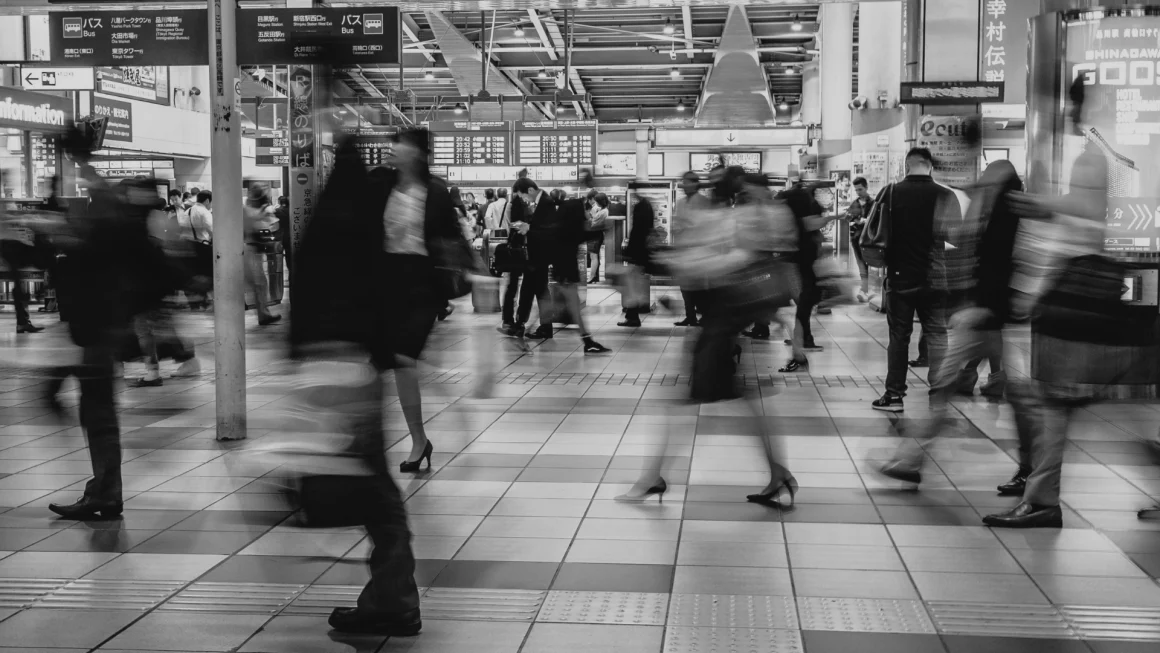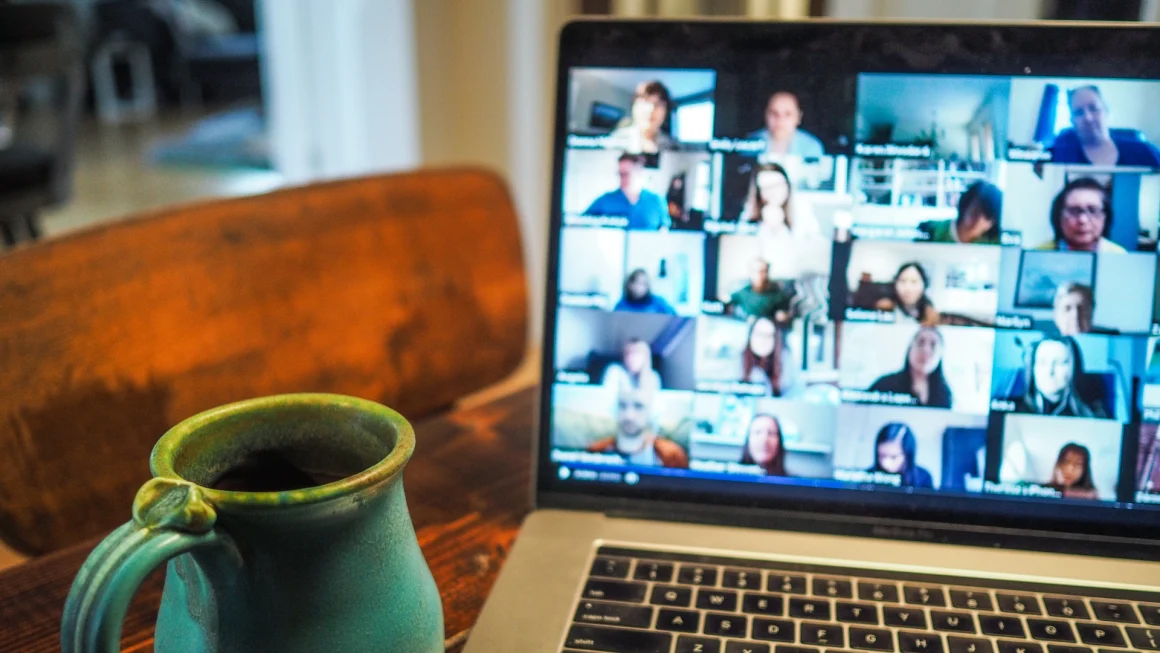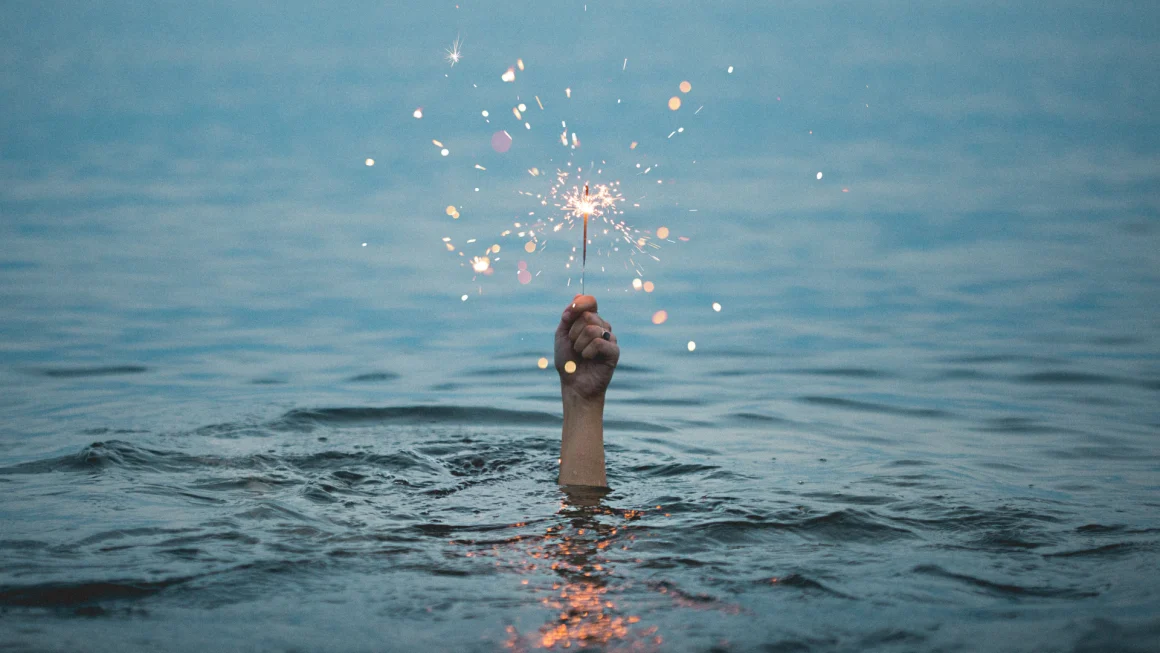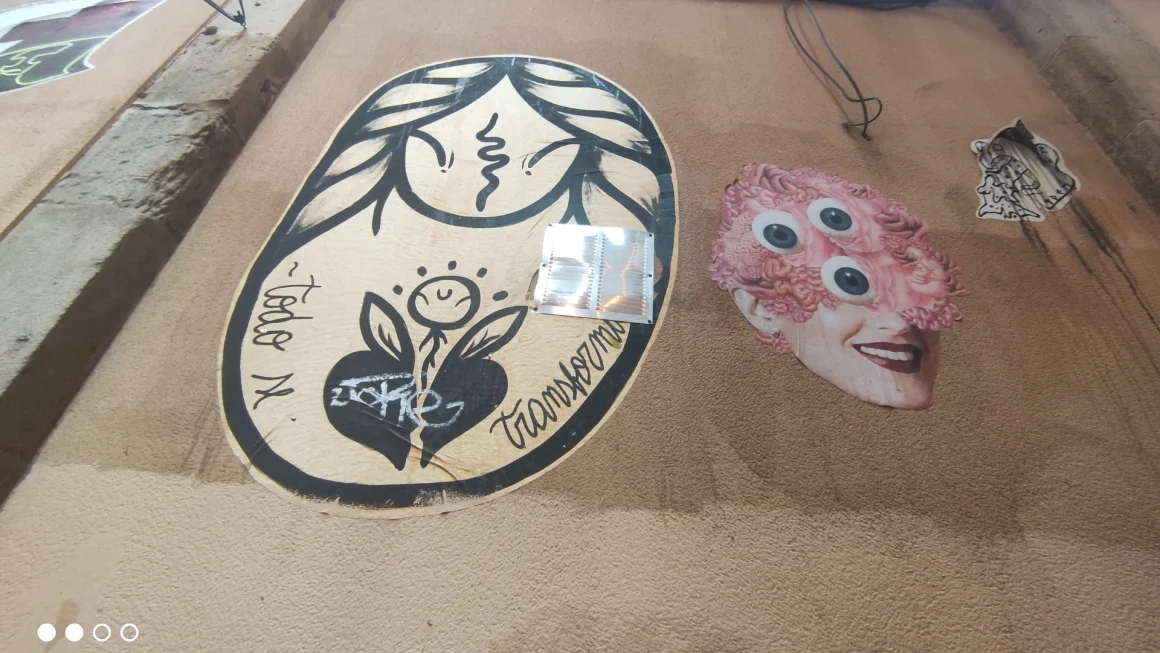
A story by Isabeau van Maastricht
Transnatural
At the Dutch Design Week 2019 (19 October — 27 October 2019) an exhibition about Transnatural; climate change in the age of post-drought was held. “Due to climate change and the rapid world population growth, water scarcity has grown to be one of the biggest threats facing life on earth in the 21st century. Transnatural explores the various small — and large-scale (bio)technical designs, experiments, solutions and artistic interventions that can contribute to a more ecologically friendly future in which water-related issues will be a problem of the past. These problems are looked at from four different angles: water scarcity, water pollution, water nuisance and desertification” (DDW, 2019).
The exhibition contained work of 14 different designers, which were all global water-related challenges and would be a problem solving in a time where nature overruled humans.
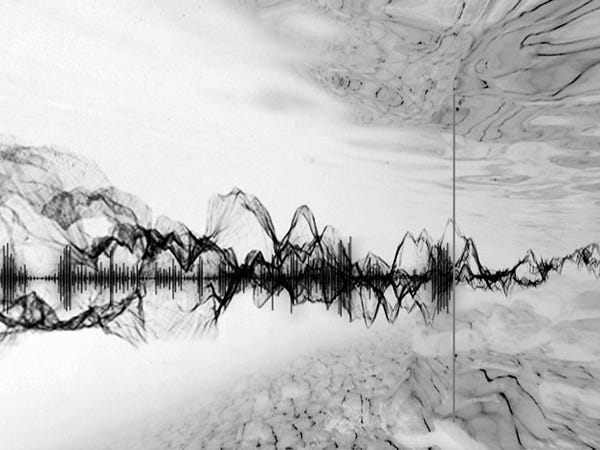
Robertina Šebjanič designed ‘Aquatocene’. “In the art project, she investigates the impact of noise pollution on the aquatic ecosystem in lakes, rivers, and seas. Since 2016 Šebjanič travels all around the world to record the noise nuisances that are found in our waters (DDW, 2019). “The project investigates the phenomenon of underwater noise pollution created by humankind in the seas and oceans. The sound compositions are a re-mix between the bioacoustics of marine life (shrimps, fish, sea urchins etc.), the aquatic acoustics and the presence of human generated noise in the world’s oceans and seas.” (Shapeplatform, 2017). Her large (still growing) database of sounds, has set the starting point for her audio-visual performances and installations. For the past several years, whenever it happens that she is near to the sea, she has been recording the underwater soundscape with hydrophones. Šebjanič started to record with hydrophones in the sea during the huge jellyfish blossoming in Izmir, Turkey, in 2014. When listening to the recordings she realised that the soundscape of water habitats is completely different from the sounds that one is used to waves hit the shore (Shapeplatform, 2017).
Robertina Šebjanič says: “There have been many studies and initiatives that try to point out these issues and to rethink the nature of humankind’s industrial endeavour. The technology that people use in marine habitats is certainly invasive. In the Aquatocene project the audience is immersed into sound compositions which are a mixture of all the sounds that I recorded in specific locations of seas and oceans. These are therefore my interpretations of soundscapes” (Shapeplatform, 2017).
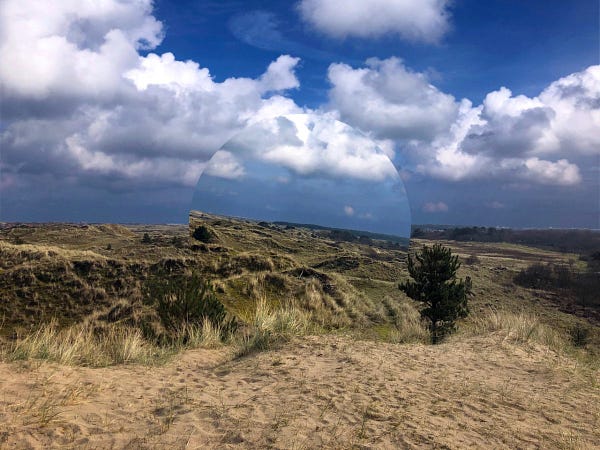
Maze de Boer designed the project ‘Under the Surface’. “This project is part of the residency program during which he had developed a site-specific installation for the Oerol festival. He reflects on the theme of water (and its dilemmas) by making it palpable on-site and was inspired by that sight and decided to create an installation that responds to the pulse fishing ban” (DDW, 2019). The new work exists at the area of tension between visual art and theatre. Maze de Boer reflects on this theme of water (and its dilemmas) by making it palpable on site. During Oerol, De Boer will develop an installation that responds to the global sea level rise. In a dune pan, which will be visible from a high watchpoint, there will be boats lying in dry dock (Transnatural, 2019). ‘Under the Surface’ is the tension between the visual arts and theater, and uses different perspectives. To make the issue around water understandable, de Boer designed a system that responds to the rising sea level. From a high vantage point you can see boats that are on dry land in the middle of a hollow. Only on closer inspection can you see what’s going on, and where you actually are looking at, namely fishnets in dunes.
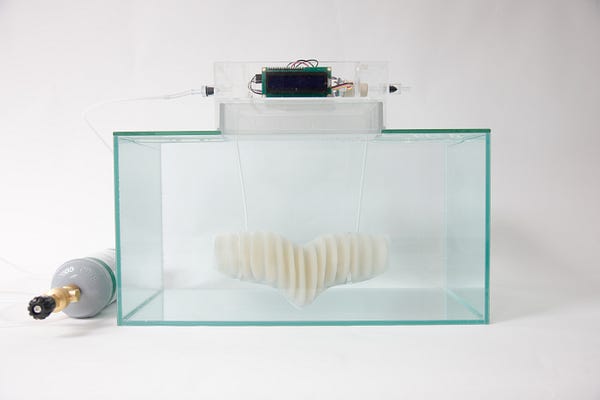
Another work that stood out as we look at climate change in the age of post-drought was ‘Amphibio’ by Jun Kamei in collaboration with the RCA-iis Tokyo design lab at the Royal College of Art. ‘Amphibio’ is a 3D printed amphibious garment with functions as a gill. Kamei says: “according to estimates, global temperatures will rise with 3.2 °C by the year 2100. Around 30 percent of the world’s population, living in the coastal areas and large urban cities, will experience extreme weather conditions and floods. This worrisome development triggered Jun Kamei to start his project Amphibio. Kamei researches and develops amphibian clothes, which could allow humans to breathe underwater. The technology was inspired by water-diving insects like the Mono-Lake shore, the backswimmer and Notonecta frittata (Designboom, 2018) that survive underwater by way of a thin layer of trapped air on the surface of their superhydrophobic skin, which functions in the same manner as a gas-exchanging gill.
The amphibio uses a porous hydrophobic material that allows for underwater breathing by replenishing oxygen from the surrounding water and dissipating the excess carbon dioxide, which one breathes out and accumulates in the system. “The design form of amphibio garment and mask was inspired by a variety of different shapes found in aquatic life which would have a high surface area, such as gills of fish and a certain type of corals with folded shapes,” Kamei says (Designboom, 2018).
How can we relate this to what is happening in society right now?
Due to climate change and the rapid world population growth, water scarcity has grown to be one of the biggest threats facing life on earth in the 21st century. Currently only 3% of the earth’s water supplies consist of freshwater. A multitude of life forms on earth are experiencing the devastating effects of water scarcity; plants-and animal species are threatened by extinction, as their habitat is becoming completely eroded as a result of water issues (Transnatural, 2019).
In addition, global warming brings a host of new complex challenges, such as the increasing threat of the rising sea level, which can have devastating effects on lowland plains. Extreme weather conditions will happen more frequently and will cause severe damage to natural habitats (Transnatural, 2019).
Apart from scarcity, there is also the increasing issue of water pollution caused by (micro)plastics, chemicals and the noise pollution that is occurring in our rivers and seas. The different types of pollution are penetrating the food-chains and in doing so, effect all organic life on Earth. It is apparent that our water infrastructures are very much distorted, a situation we need to act upon (Transnatural, 2019).
An effect of warmer temperatures and a melting ice cap has caused rising sea levels, which has the potential of drastically changing how our cities function, and our everyday livelihood. “According to National Geographic, the annual rate of rising x has been 3.2 millimeters a year over the past 20 years — roughly twice the average speed of the preceding 80 years. A direct result of global warming, this phenomenon will ultimately affect island nations and countries that sit at a low elevation the most, meaning experts may have to begin creating solutions for a world in which our everyday environment is permanently semi-submerged” (Designindaba, 2018).
In February of 2018, a study conducted by NASA revealed that ‘the rate of global sea-level rise has been accelerating in recent decades’. This issue of a fading shoreline, rising water levels and the potentially merged megacities in the coastal areas has pushed material scientist Jun Kamei, Maze de Boer and Robertina Šebjanič to search for ways humans can adapt to a dystopian future (Designboom, 2018).
Why is this interesting when we look at the future?
Due to the rising global temperature, these art design projects could be turning into essential items for people living in the coastal areas and large urban cities in the nearby future. Investigating the impact of noise pollution on the aquatic ecosystem in water, responding to the pulse fishing ban and a mask that “could allow the wearer to stay underwater longer than in freediving, but with less equipment — such as a smaller gas tank — than used in scuba diving”.
Rather than focus on the negative, dystopian idea of a “flooded world”, these art design projects are intended to offer a comforting and optimistic vision of the future, where humans are free to live in the oceans as well as on land (Dezeen, 2018).
Innovative design projects inspired by nature that helps the human of the future survive in a world where nature has overruling power.
This is a story of the Futurist Club
by Science of the Time
Written by: Isabeau van Maastricht
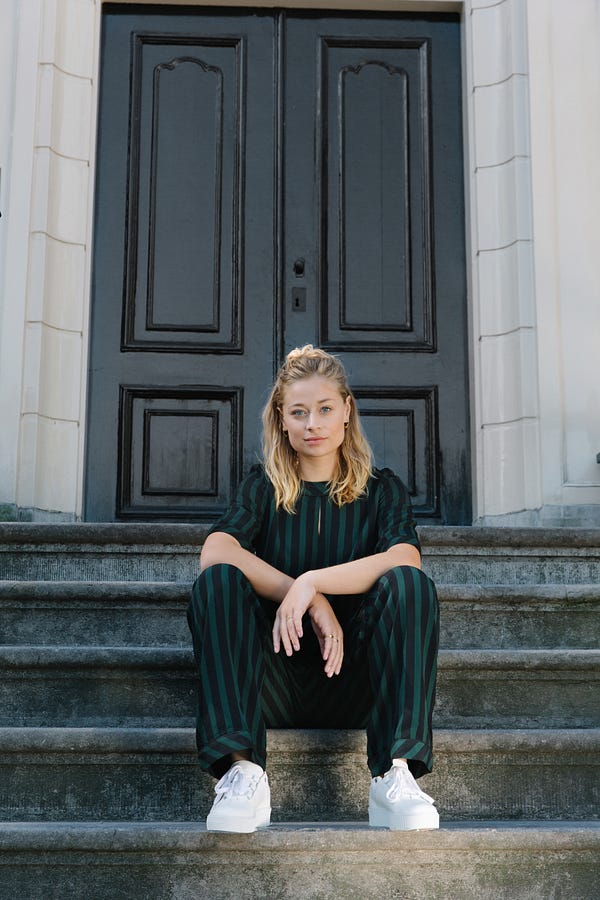
Isabeau graduated cum laude from her bachelor degree in Trend Research and Concept Creation in Lifestyle. Her thesis about the multicultural urban society and cultural textile got awarded with the public choice award from people from the working field in The Netherlands. During her bachelor, Isabeau did her internship at Trend Union, the trend forecast agency of Lidewij Edelkoort in Paris. Currently, she is doing a master in Cultural Sociology at the University of Amsterdam.
In collaboration with
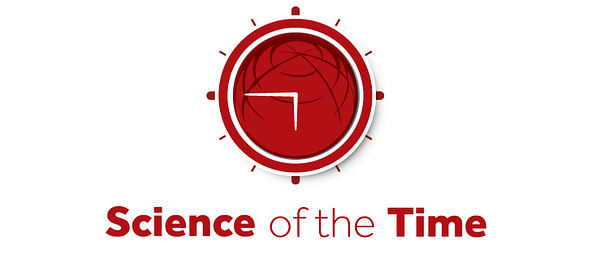
Are you as an educational knowledge institute (university, polytechnic or otherwise) interested in getting involved in the International Cool City Hunt please click here.

